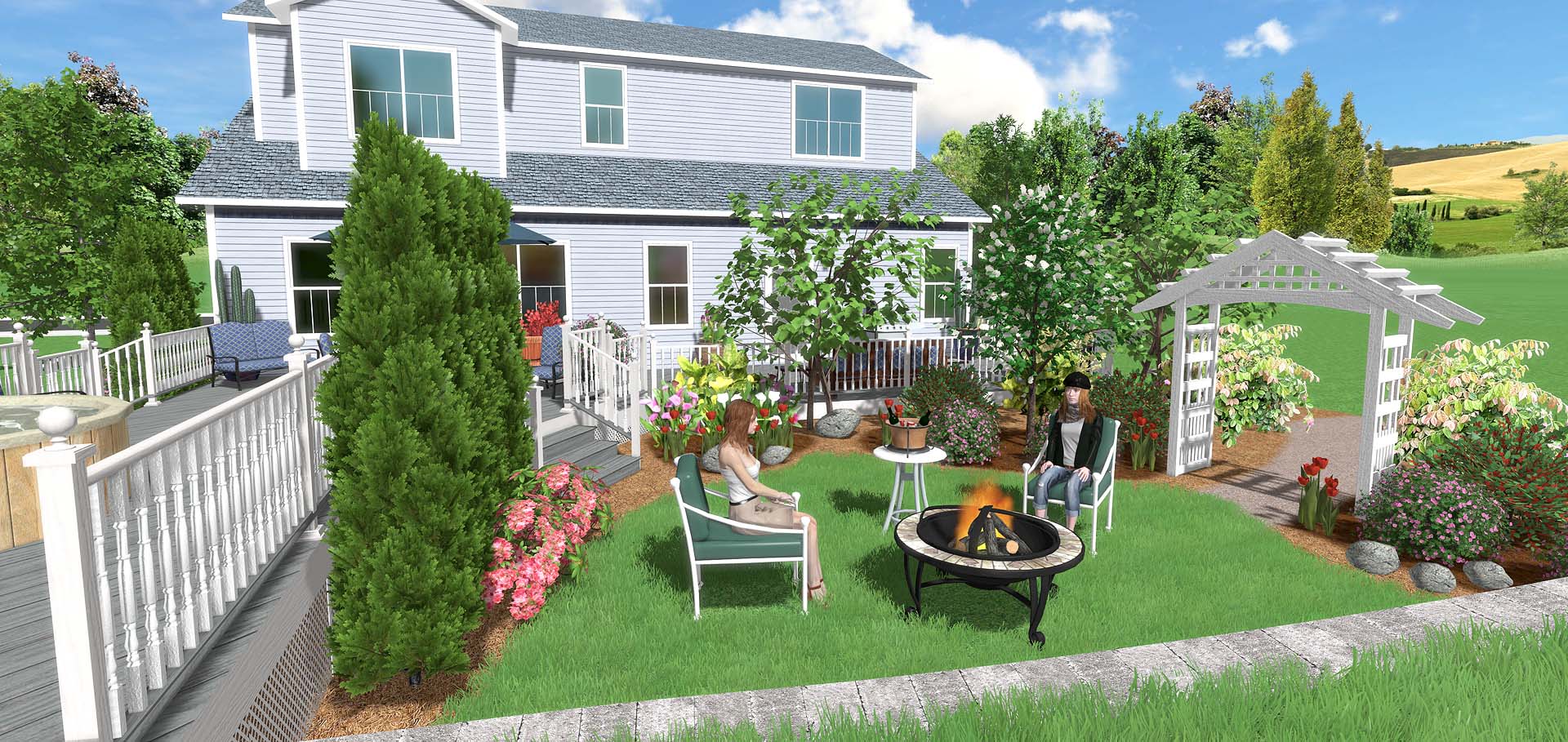
Ever looked at a backyard and thought, “This could be something extraordinary”? It’s one of those thoughts that sparks the imagination. But turning raw ideas into a tangible plan? That’s where landscape design software comes in—a modern tool for breathing life into outdoor spaces, one click at a time.
The world of landscaping has always been about artistry and innovation, but in today’s tech-driven age, the creative process has evolved in ways that are, frankly, pretty exciting. Imagine sketching ideas not with pen and paper but with interactive, intuitive tools that show you exactly how things might look before a shovel even hits the ground.
Why Consider Landscape Design Software?
Designing an outdoor space often feels like solving a puzzle. Each plant, patio stone, or water feature has to fit just right. Landscape design software takes the guesswork out of the process. With a few clicks, users can visualize their ideas in 3D, experiment with layouts, and even simulate how plants will grow over time.
These programs don’t just help plan—they provide clarity. It’s one thing to say, “I want a cozy seating area under a pergola,” but seeing it come to life onscreen? That’s a whole new level of confidence.
Plus, let’s be honest—mistakes in landscaping aren’t cheap. Misjudging the scale of a retaining wall or underestimating the space for a fire pit can lead to costly changes. The right software helps prevent these missteps, giving a clear picture of dimensions, proportions, and the overall vibe.
Features That Make It Shine
Good landscape design software doesn’t stop at pretty visuals. Many platforms go the extra mile with features that cater to both professionals and everyday dreamers. For example:
- Plant libraries: Ever wonder how a Japanese maple will look alongside hydrangeas? With extensive plant databases, it’s easy to mix and match until the perfect balance emerges.
- Seasonal views: Landscaping isn’t just about summer barbecues. Software that showcases how a design looks across seasons—autumn foliage, winter frost, spring blooms—makes planning feel truly holistic.
- Real-time cost estimations: Sticking to a budget is easier when you know upfront how much those paving stones or custom water fountains will set you back.
And let’s not overlook the user experience. Intuitive interfaces make the process accessible to anyone, from tech-savvy designers to first-time homeowners with big ideas.
A Blend of Art and Science
One of the coolest things about these tools is how they blend creativity with practicality. For those who love the artistic side of landscaping, they allow endless experimentation with textures, colors, and layouts. Want to see how a modern minimalist design compares to a lush, cottage-garden aesthetic? Switch between styles with ease.
For those who lean into the technical details, features like topographical mapping and irrigation planning take designs to the next level. It’s like having a digital sketchbook that also happens to be an engineering assistant.
How It Helps Professionals
For landscaping businesses, software isn’t just a tool—it’s a secret weapon. When presenting ideas to clients, nothing beats the impact of a 3D walkthrough. People don’t have to imagine what their outdoor oasis might look like; they can see it. That kind of clarity builds trust and excitement, setting the stage for successful collaborations.
Moreover, project management features built into some platforms make coordinating with contractors a breeze. From sharing blueprints to tracking timelines, everything stays organized. No more miscommunications about where the koi pond is supposed to go!
Making Dreams Accessible
Here’s the best part: landscape design software isn’t just for professionals anymore. Many platforms are designed with accessibility in mind, making it possible for DIY enthusiasts to create stunning designs on their own. Whether it’s planning a serene garden retreat or mapping out a family-friendly yard, these tools empower everyone to bring their visions to life.
And the learning curve? Surprisingly gentle. Most programs offer tutorials or templates to get started, so even if technology feels intimidating, there’s always a way forward.
Choosing the Right Tool
The market for landscape design software is diverse, and picking the right one depends on your needs. Some tools focus on residential projects, while others cater to large-scale commercial designs. Free options are available for hobbyists, while high-end platforms offer features tailored for professional use.
When choosing, think about what matters most. Is it visualizing ideas in detail? Managing costs? Collaborating with others? There’s a tool for every priority.
The Future of Landscaping
It’s exciting to think about where this technology will go next. Virtual reality integrations are already making waves, allowing users to “walk” through their designs before breaking ground. Artificial intelligence is stepping in to offer smart suggestions, whether it’s recommending plant species or identifying potential drainage issues.
As these tools evolve, so does the way we interact with outdoor spaces. Designing a yard is no longer just about function—it’s about creating experiences, telling stories, and making the most of the spaces we have.
Final Thoughts
Landscape design software is more than just a tech trend—it’s a bridge between imagination and reality. Whether you’re a professional crafting high-end designs or someone dreaming of the perfect backyard, these tools make the process smoother, smarter, and more inspiring.
Because when it comes down to it, creating an outdoor space isn’t just about where things go. It’s about making a place where life happens. And with the right tools, those places can be truly extraordinary.

That plastic fence and crappy furniture are just gorrrrrgeous.